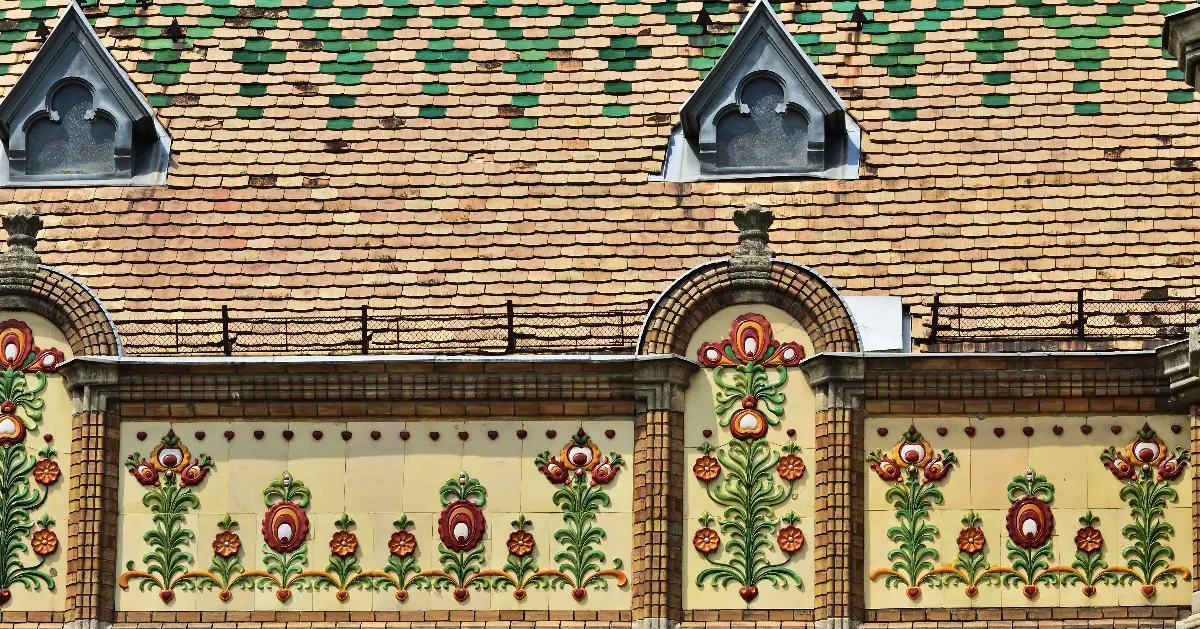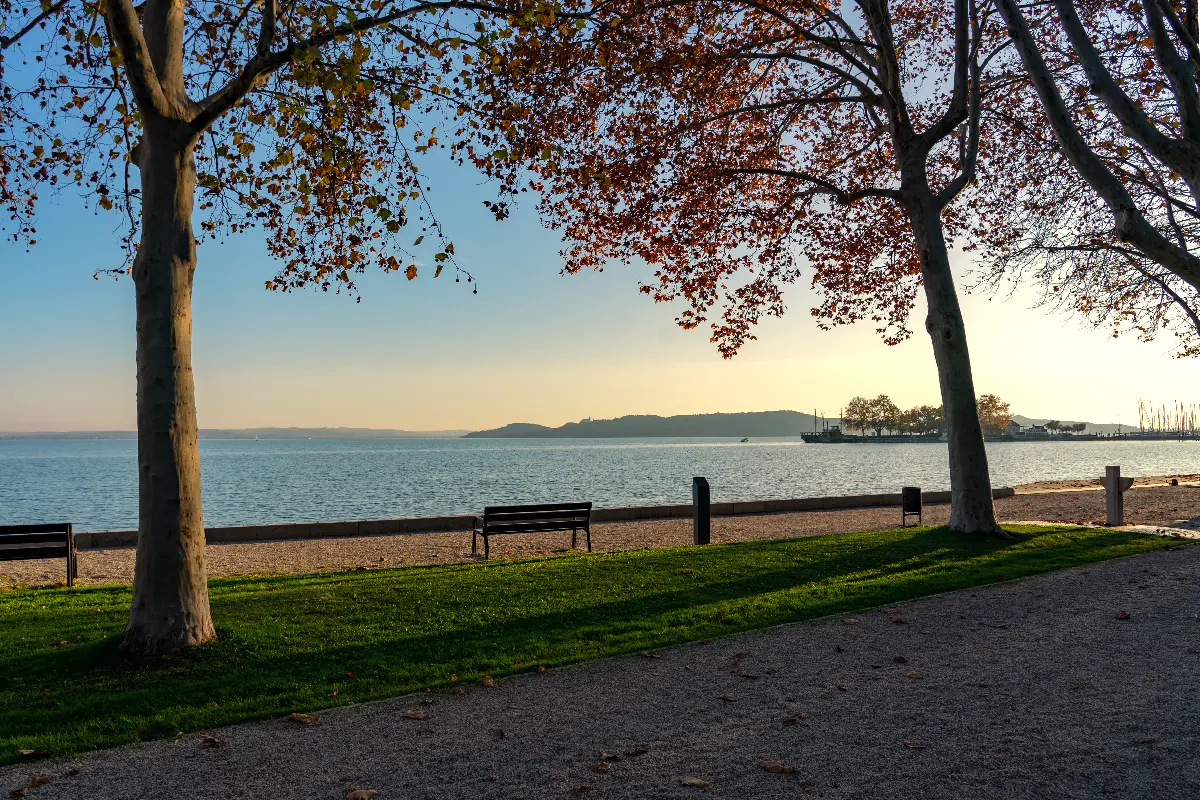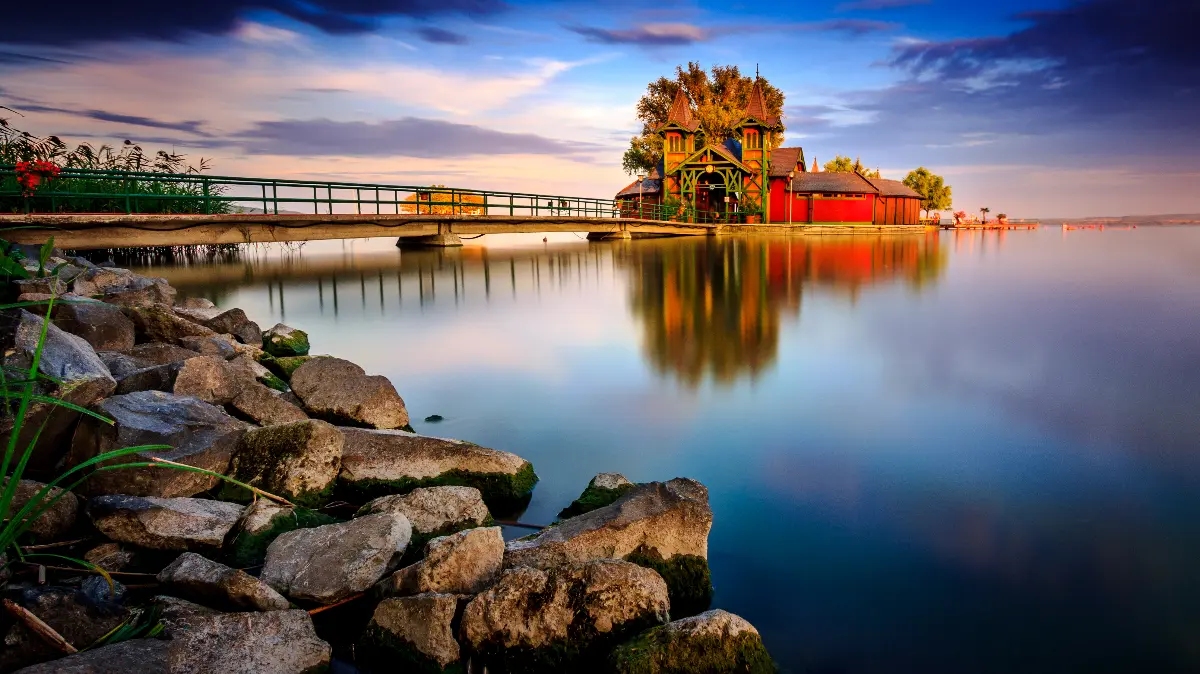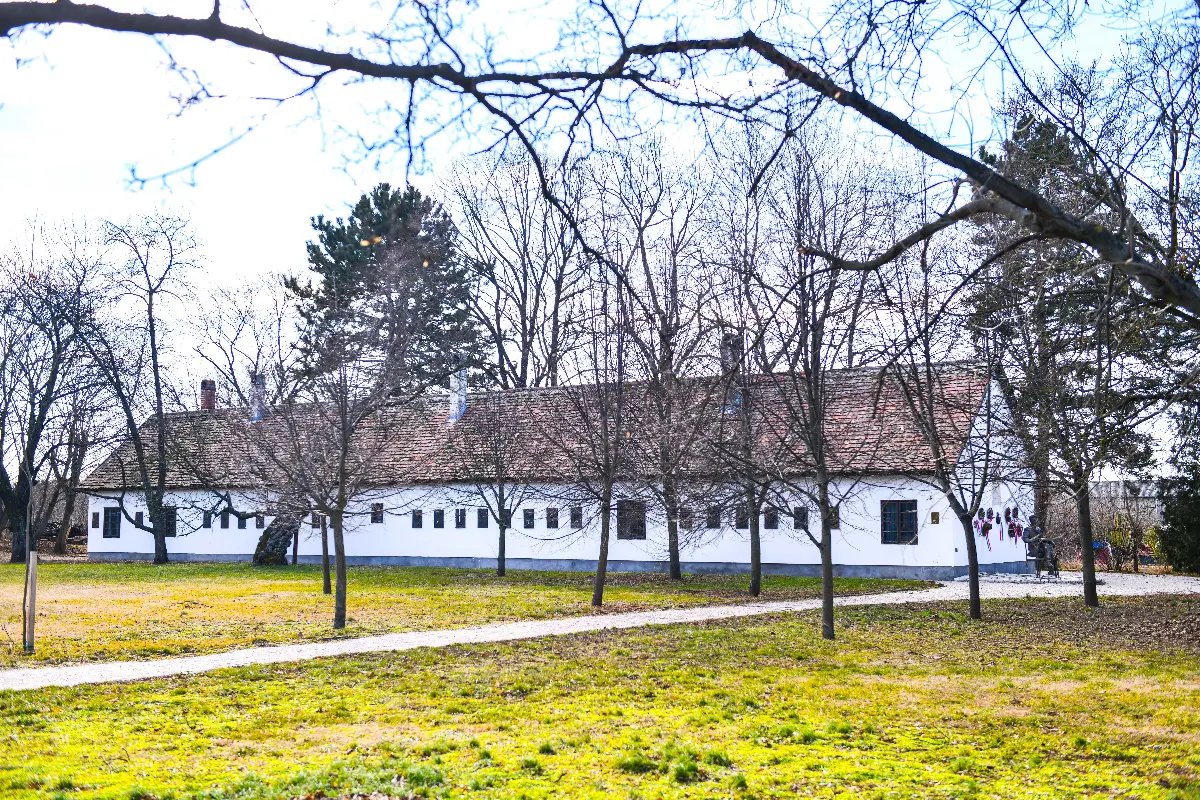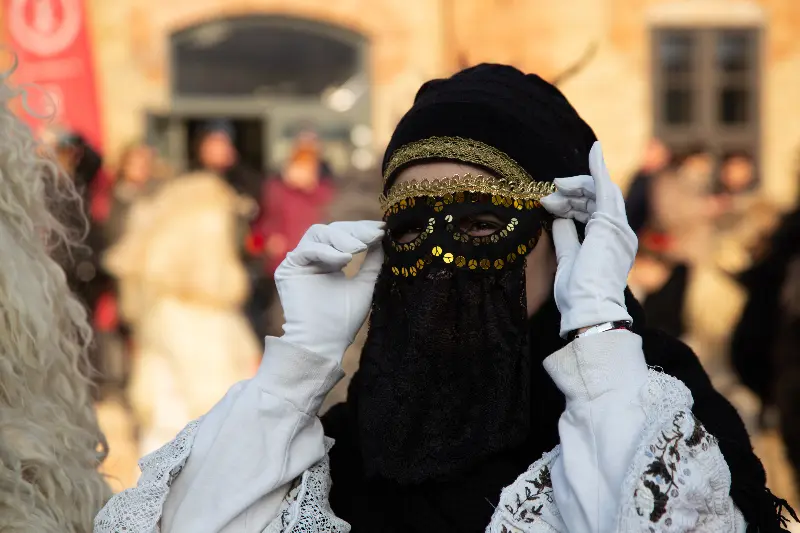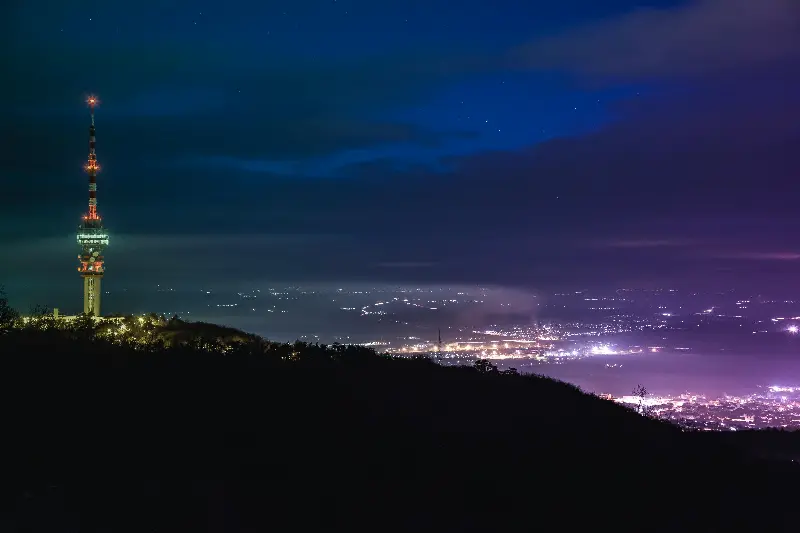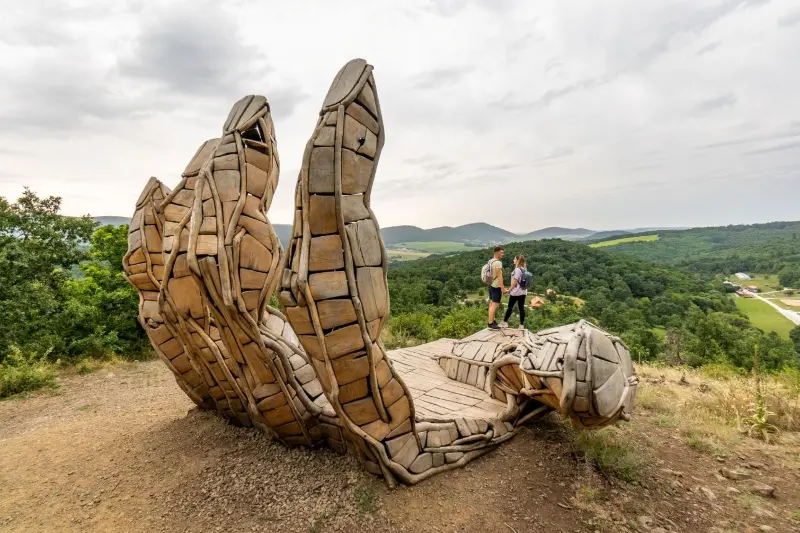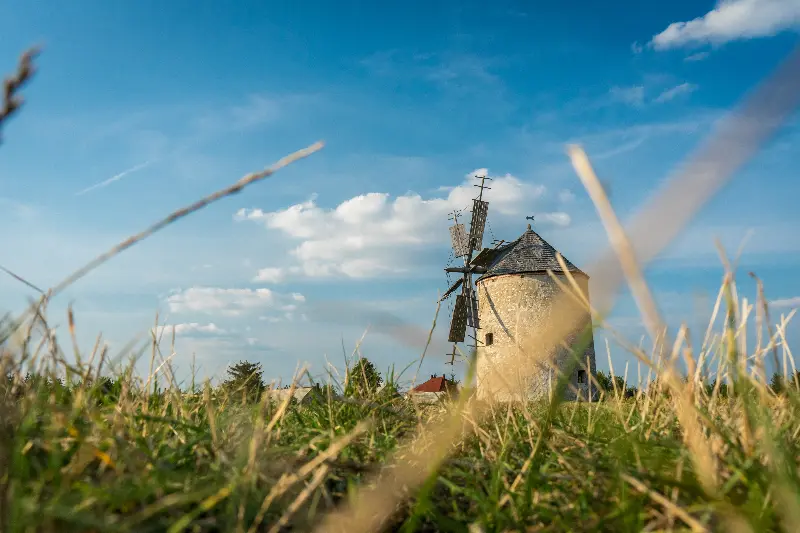
Helyszín címkék:
Szatmárcseke, Balatonszárszó, Kiskunfélegyháza: legendary literary figures and their memorial sites in Hungary
Mészégető Marcsi
Géza Gárdonyi Memorial House, Gárdony

This outstanding figure in the history of Hungarian literature was born as Géza Ziegler in Gárdony. The house where the writer was born has been a museum since 1963, and in 2007 it was renovated and turned into a literary memorial house. During the guided tour, moments of contemporary life come alive, and you can learn about Gárdonyi's work and even his special cryptography. The writer's life is also presented through his personal objects, such as his diary. Following one of his most outstanding novels, the Eclipse of the Crescent Moon (Egri csillagok), a scale model of the castle was built next to the memorial house. You can also see a life-size statue of the writer, and a literary memorial wall with portraits of past and present artists who lived and worked in Fejér County.
Attila József Memorial House, Balatonszárszó
The brilliant figure of Hungarian poetry was born in Budapest in 1905. It was only decades later, in 1937, after his tragic death, that his name was finally linked to the Balaton settlement. The József Attila Memorial House was developed in 2012 in the former Horváth Guesthouse on the Balatonszárszó row of villas. The poet spent the last days of his life in this building, recovering from a serious illness. The permanent exhibition is spectacular and exciting, able to engage visitors through emotion. The interactive exhibition will help you to gain a deeper understanding of the life and work of the tragic-fated poet, while the collection of Attila József's material legacy, spectacular documents and unprecedented photographs will bring you even closer to the poet.
Sándor Petőfi Memorial House, Kiskunfélegyháza
The poet's childhood home in the Great Plain was demolished in 1840. The building on the site is home to the Sándor Petőfi Memorial House. In addition to the poetry and the life of the young revolutionist, the permanent exhibition also presents the history of Kiskunfélegyháza at that time. The poet, died young, became a true symbol of the 1848-49 revolution. During the time spent in the Kiskunság museum, Petőfi's figure, his historical significance, his lovers and his love for his homeland become even more vivid. In the place of his childhood, the poet's memory lives on generations later, and his life story has been researched by countless scholars, who have uncovered the smallest details to complete his exemplary oeuvre. During the exhibition, you can also meet the teachers, historians and lay researchers who have studied the poet's life with continuous enthusiasm over the past 170 years, and who laid the foundations for the Petőfi Museum that you can see today.
Mór Jókai Memorial House, Balatonfüred
The author of The Man with the Golden Touch (orig. Hungarian: Az arany ember, lit. “The Golden Man”) was born in Komárom, but his heart was captivated by the beautiful Balaton town of Balatonfüred, where he and his wife bought a plot of land in the second half of the 1800s. It is also the site of the memorial museum, converted from a villa, to which many of Jókai's novels are linked. His novels Black Diamonds (orig. Hungarian: Fekete gyémántok) and Szegénység útja (lit. “The Road to Poverty”), among others, were written here. After the writer's death, the villa belonged to someone else for a few years, but in 1908 the Jókay family bought it back and opened the only Jókai museum in Hungary in 1954. In addition to the beautifully renovated villa, the annual Jókai Days also commemorate the outstanding figure of Hungarian literature. Jókai's personal objects – his desk, binoculars, a collection of minerals – create an atmosphere that could make everyone feel to be part of the famous family's everyday life.
Magda Szabó Memorial House, Debrecen
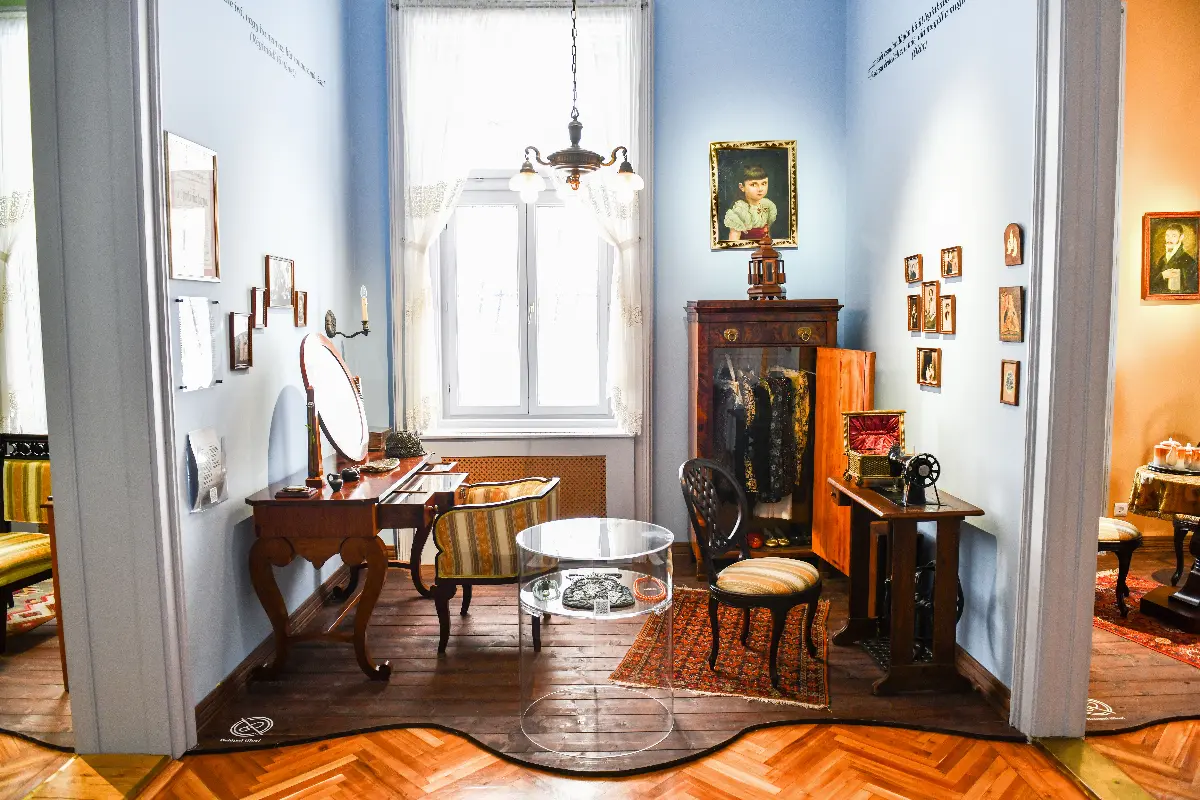
The writer, born in Debrecen, is a major figure in Hungarian literature. On the occasion of the 100th anniversary of her birth, on 5 October 2017, the Magda Szabó Memorial House opened its doors in the former school of the Kossuth Prize-winning writer, the Dóczy Gymnasium of the Debrecen Reformed College. The permanent exhibition pays tribute to the life and work of Magda Szabó with contemporary furniture, personal objects, photographs and interviews. The one of the most translated Hungarian writers has always proud of writing only about Hungary and Hungarian problems. Many of her novels were inspired by her years in Debrecen and the atmosphere of the town. The evocative details of the exhibition bring the unique world of Magda Szabó even closer to the visitors using modern solutions.
Sándor Weöres and Amy Károlyi Memorial House, Csönge
The virtuoso of Hungarian poetry was born in Szombathely, but according to his wife, the poet himself was born in Csönge. For the author of “Bóbita”, this small village was the root of his childhood and youth, and the place where he returned from all over the world. The Sándor Weöres and Amy Károlyi Memorial House was established in 2006 in the former home of their parents, where carefully arranged objects bring to life the moments of the poet couple's life. Seeing the personal furniture and hearing the poems of Sándor Weöres set to music reveals an extraordinary life.
István Fekete Memorial Room and Matula’s hut Keszthely, Fenékpuszta

István Fekete was a prominent figure of the Hungarian forester-hunter literature, whose work was intertwined with his love and respect for nature. A film was also made of his best-known novel, Thorn Castle (orig. Hungarian: Tüskevár), in which the author captures the swampy world of Lake Kis-Balaton. On Diás Island, hidden in the protected area, you can visit the famous Matula’s hut, based on the novel and modelled as old fishing huts. A few steps from here, there is a contemporary-style building, which also houses the memorial room of István Fekete and the naturalist Jakab Vönöczky Schenk. Visitors can enter the nature reserve accompanied by trained guides, while the Tüskevár Panoptikum in Keszthely's pedestrian street is free to visit and a real cultural treat for fans of István Fekete.
